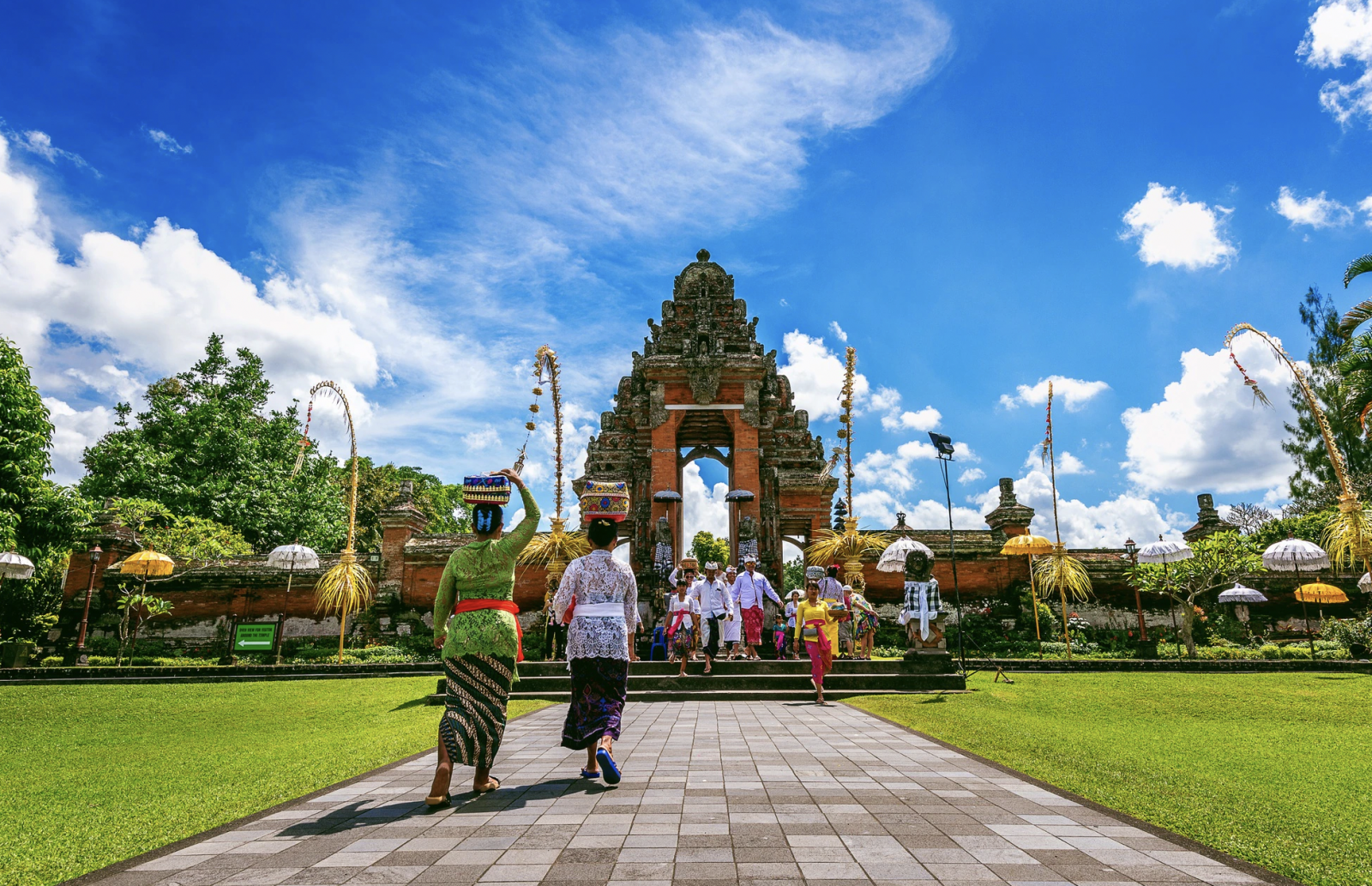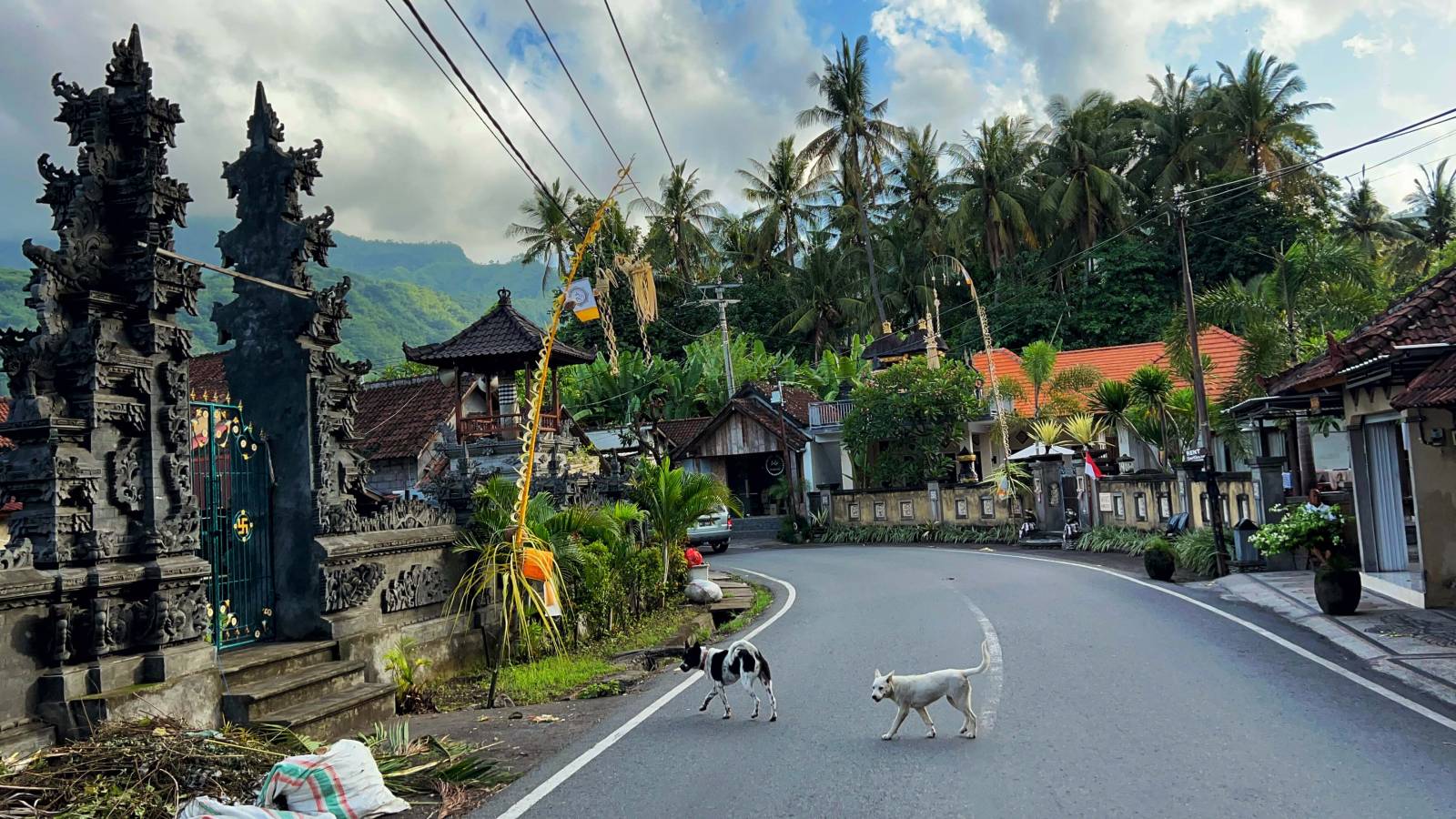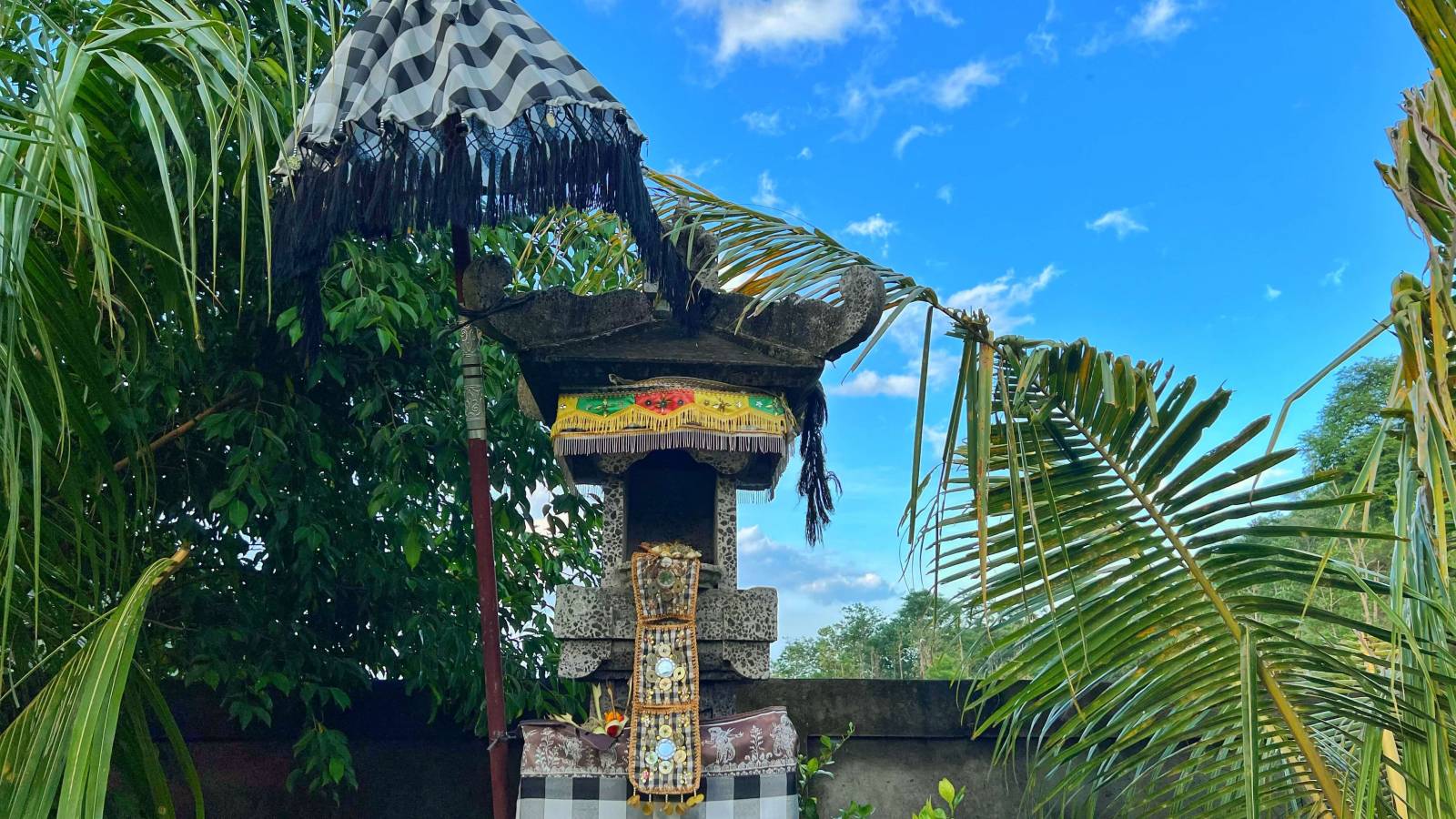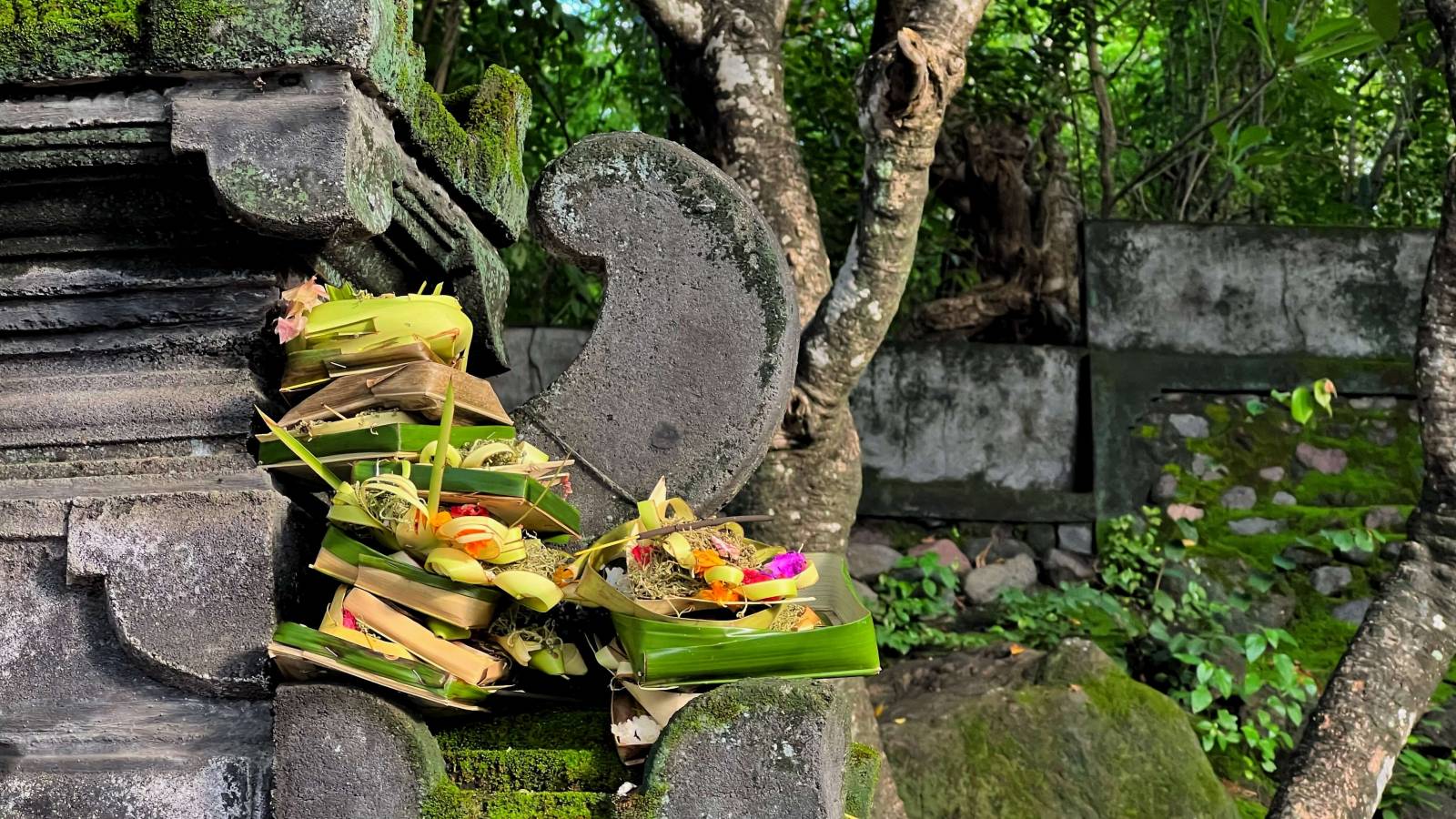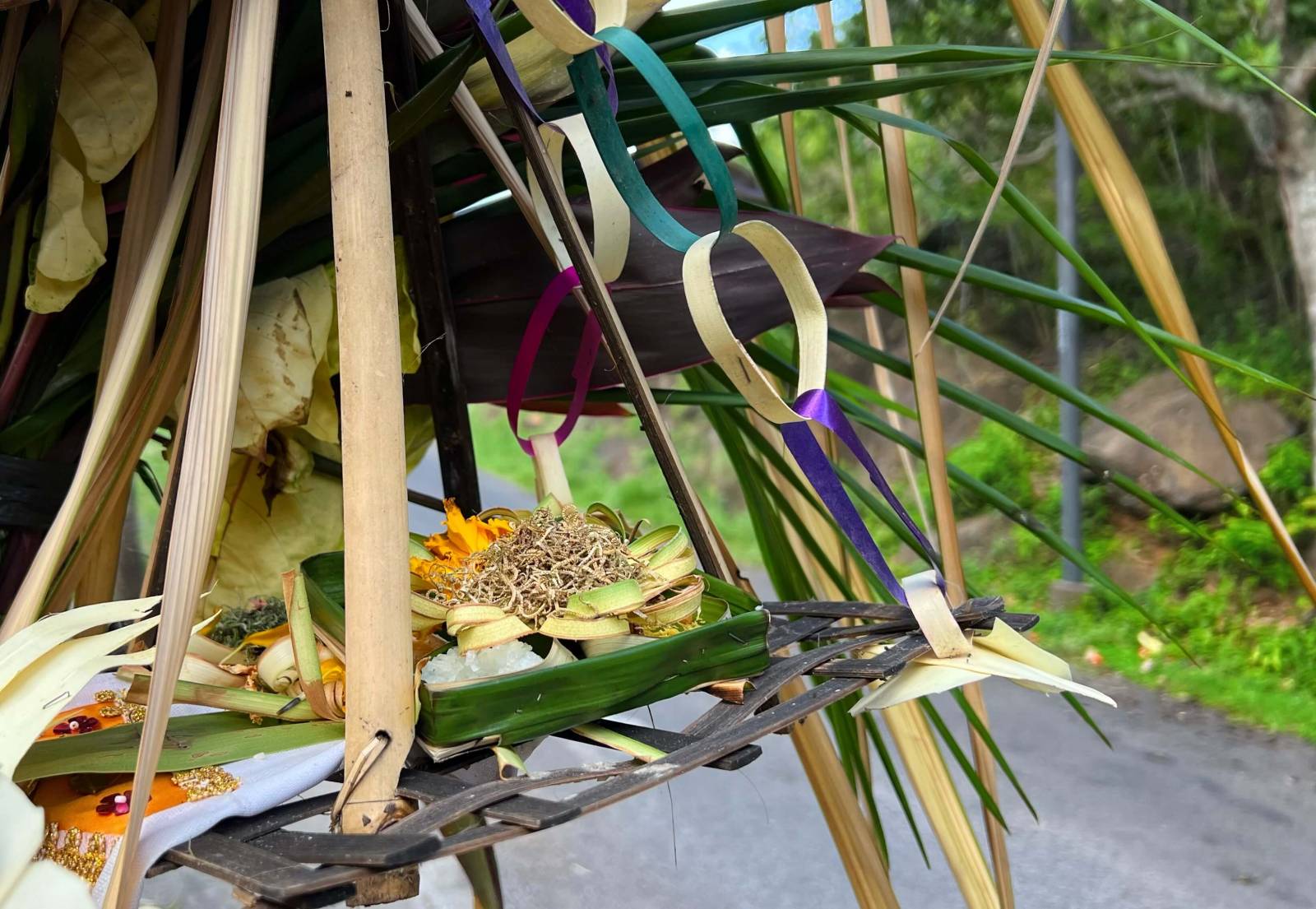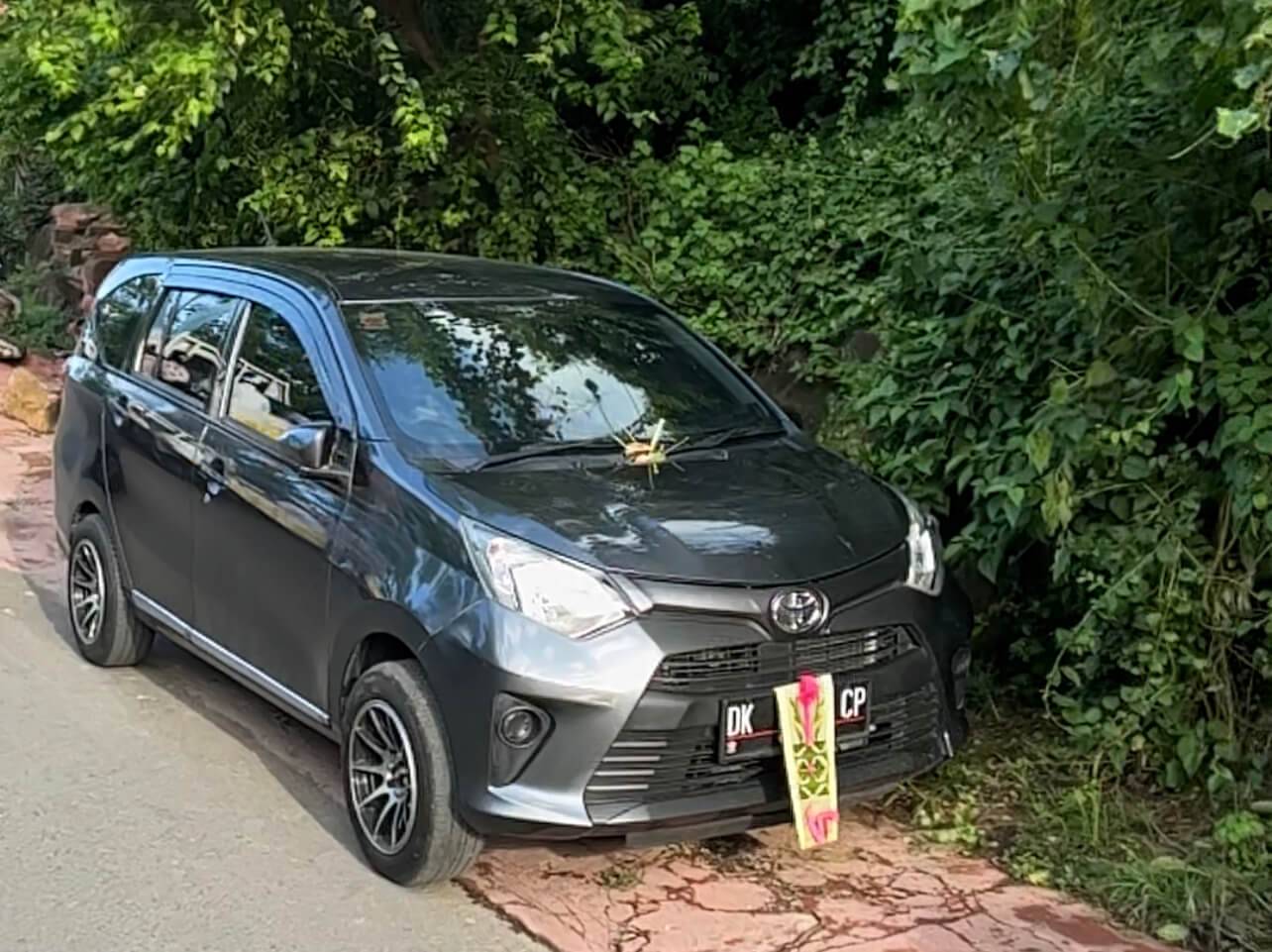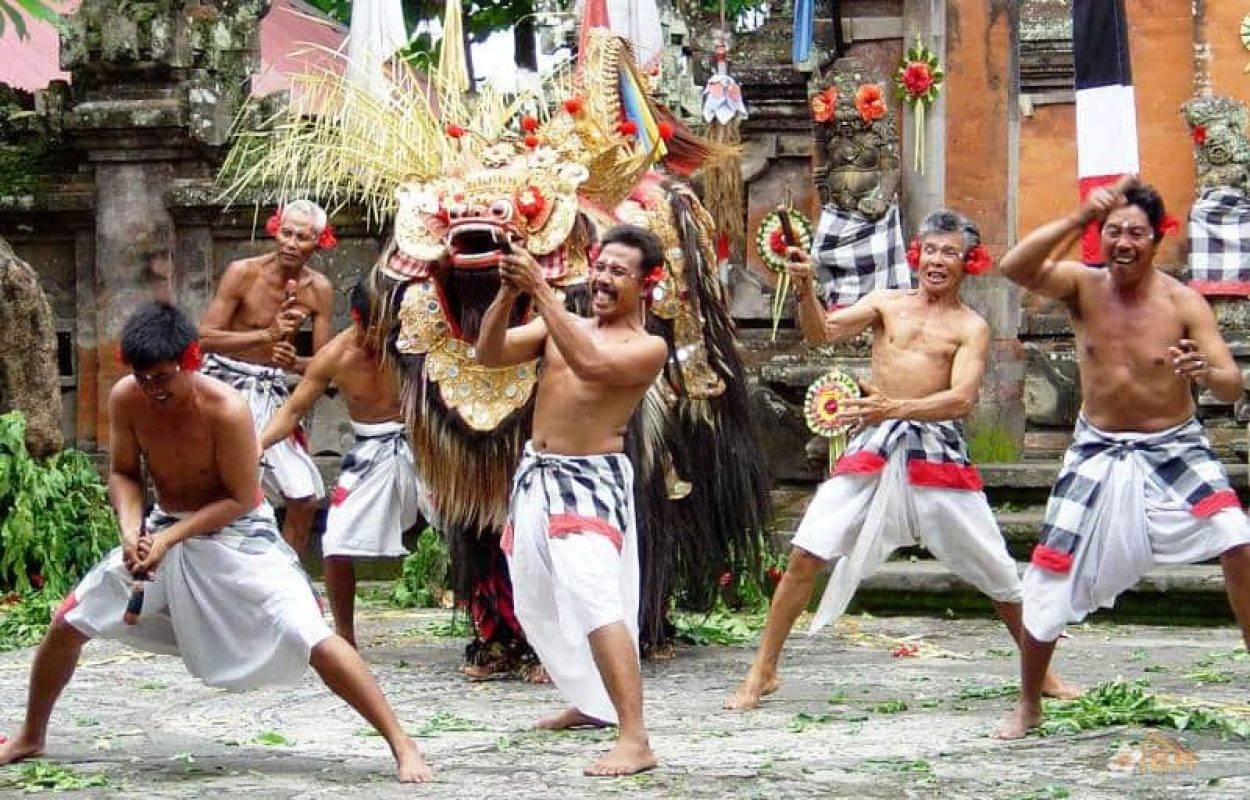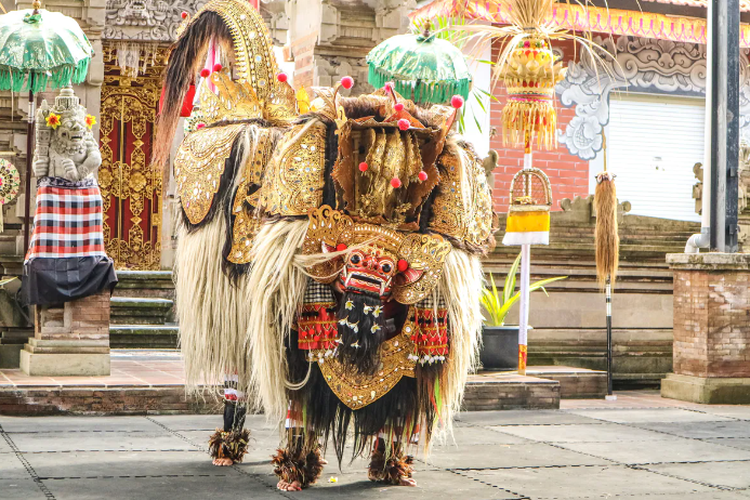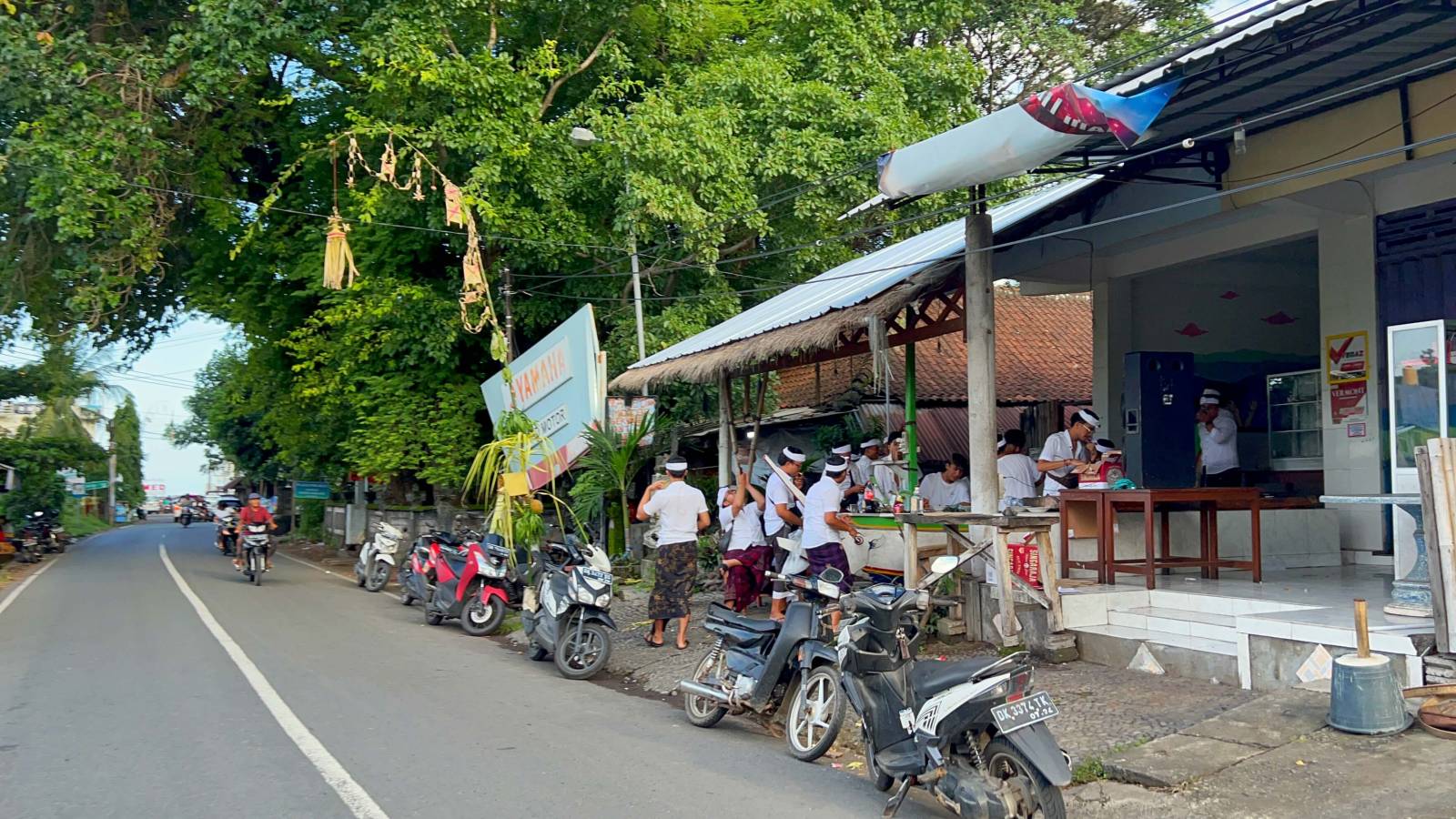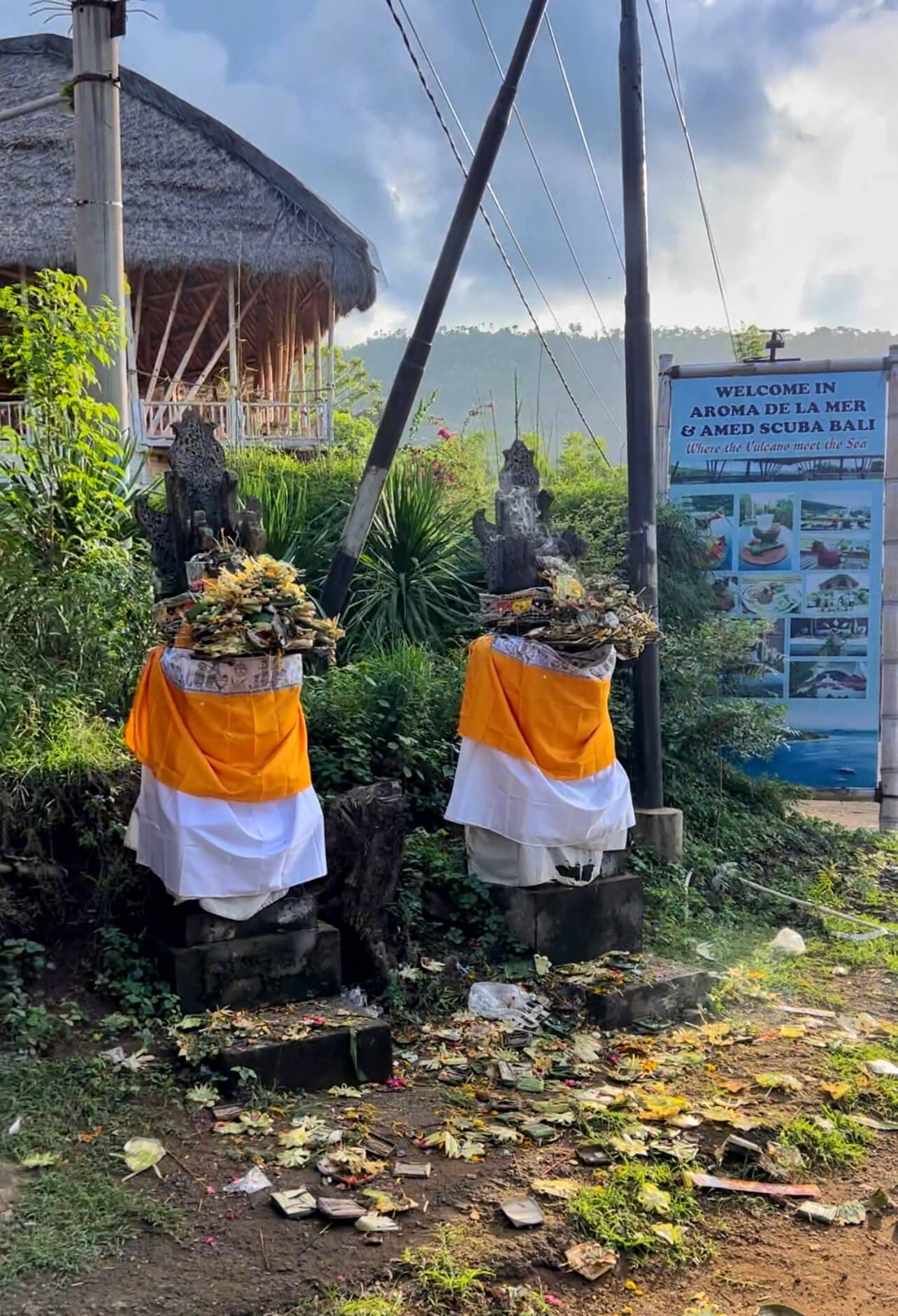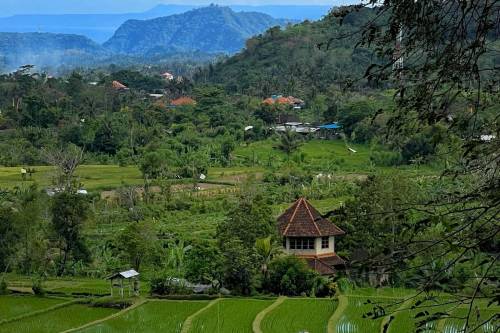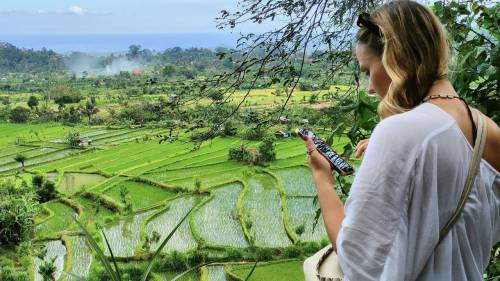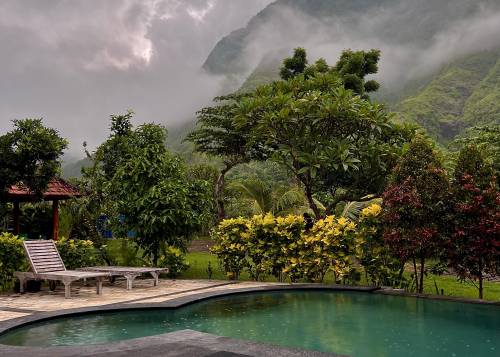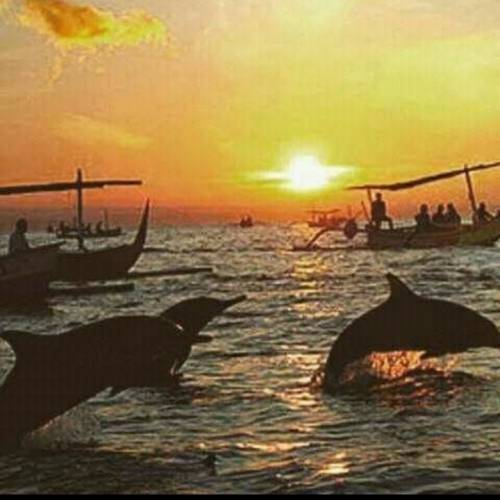Today Bali started celebrating Galungan - one of the most important and significant religious events of the island. It lasts 10 days and is held every 210 days according to the Javanese-Balinese Pavukon calendar. Galungan ends with another Kuningan festival.
The Balinese believe that it is important to lead a righteous life, constantly work on yourself, fight the ego and have a pure soul. And it is generally accepted that Galungan is a celebration of the victory of good (dharma) over evil (adharma). But the holiday has its own legend
How the god of rain and lightning saved Bali
Once upon a time, Bali had an evil Maya Danava ruler. He had the incredible ability to turn into anything: a tree, a stone, a statue, and any animal. And so much he was captured by megalomania that he destroyed all the shrines and temples on the island, and forbade the inhabitants to pray to the gods. This, of course, affected the population: the island was constantly shaken by epidemics and famine, people suffered and died.
And then, during meditation, one of the monks of the Pura Besakih temple learned that the powerful god of rain and lightning, Indra, would soon arrive in Bali, who would help the islanders defeat the evil ruler.
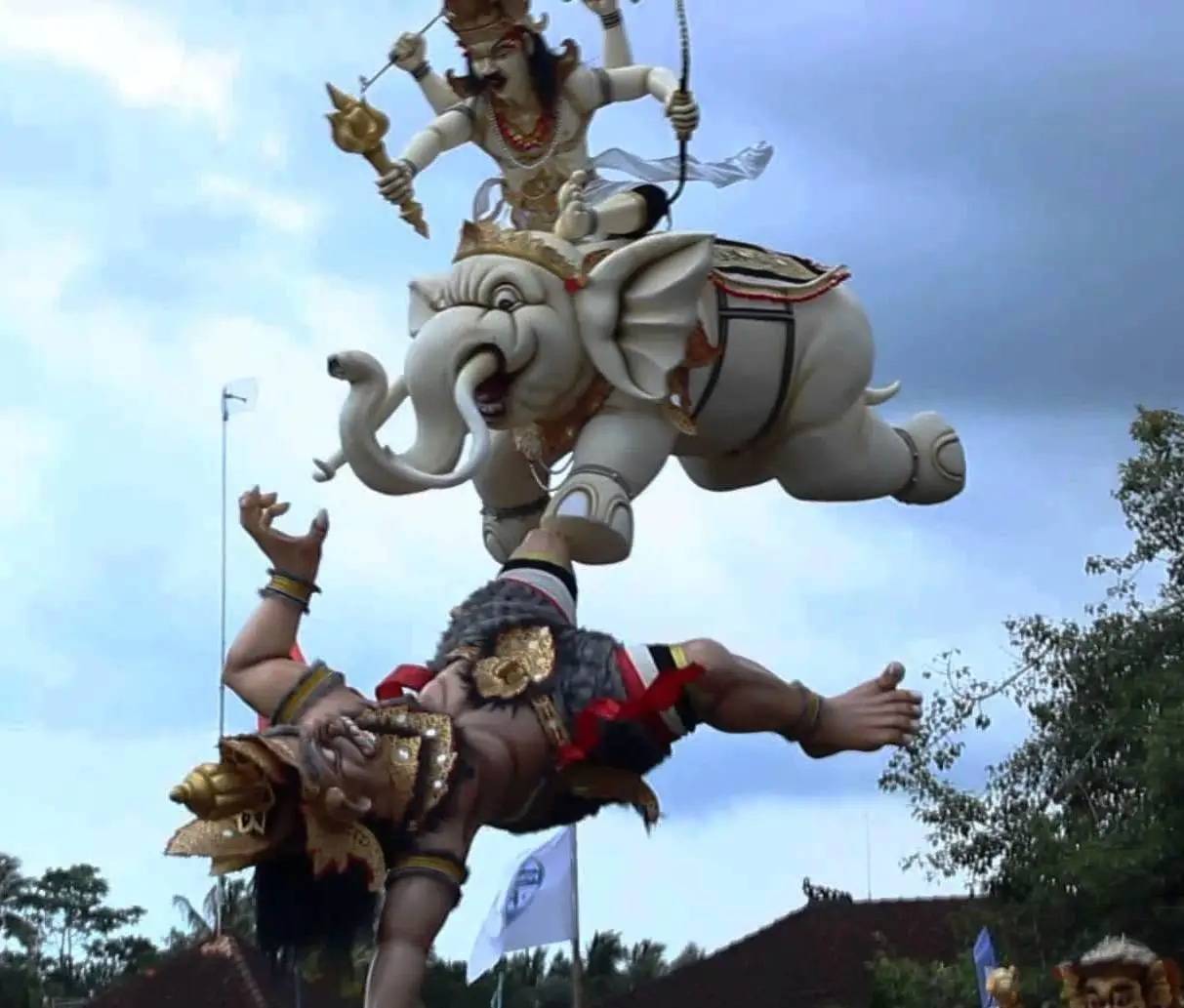
Maya Danava was so angry that he ordered a source of poisonous water to be made, drinking from which, Indra's army was poisoned. God responded by creating a healing spring that saved his soldiers from death. All this took place in the Tampaksiring area, where the water temple Tirta Empul built on the site of the springs still stands today. And it was here that the god Indra hit the evil ruler with his magic arrows. After 10 days, after making sure that Maya Danava was definitely dead, they informed all the Balinese about it.
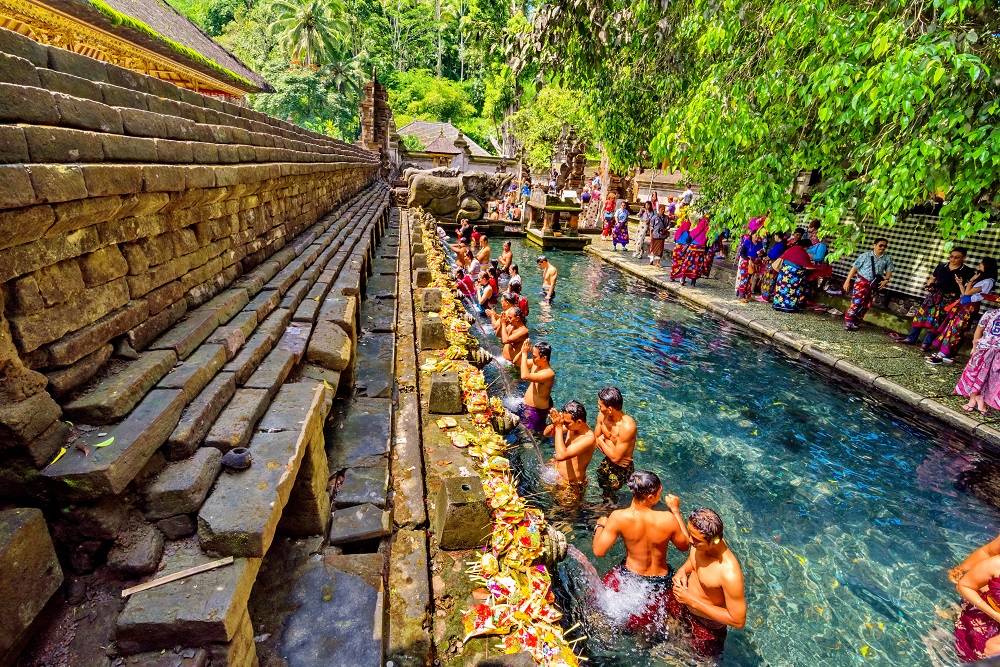
Preparing for Galungan
It is believed that during the Galungan period, spirits descend on the island, so the islanders prepare for the meeting thoroughly, at least a week in advance. These days, many ceremonies are held, families buy decorations and treats for the spirits, put things in order and cleanliness, and wash vehicles. Bazaars are organized everywhere, where you can buy what you need at a good discount. Employers pay large bonuses to employees, some may be equal to a monthly salary. The streets are decorated with high bamboo poles, on which sprigs of rice, palm and banana leaves and fruits are tied. Such poles are called penjors. Each penjor has a small altar where offerings are placed to the spirits. Sarongs and wreaths of flowers are hung on the statues.
The streets, where each house has an elegant bamboo pole, look like front corridors for the procession of incoming spirits. The penjors bend under the weight of the decorations and form a small arch, symbolizing Mount Agung, from which the gods come to the Balinese land.
Celebration by day
On the first day of Galungan, many state institutions do not work on the island, even the airport is partially closed. Employers are required to give at least 3 days off to their employees, or even close the office altogether, so that everyone has time to greet and thank the spirits. On the streets you can meet elegant processions, during which they dance the national dance Ngelavang. At the head of the procession - barong – a shaggy creature with the head of a lion, which patronizes all good spirits. Sometimes a barong can give passers-by pieces of his fur that will protect them from evil. Ceremonies are held in the temples, everyone prays and brings offerings. The Balinese try to thank everything that brought them good luck during these 210 days.
The second day of the celebration is called Manis Galungan, or “sweet” Galungan. It is believed that at this time the spirits of the dead ancestors begin to descend from Agung and they also need to be thanked and fed with treats. Families get together, have a feast and exchange gifts. Manis Galungan lasts a whole 8 days because some spirits take a long time to get to their family.
The tenth day of the celebration is called Kuningan. This is the time when the spirits begin to return home, and people see them off with prayers and treats. The word “cooning” translated from Indonesian as “yellow”, so the main dish on this day – yellow rice dyed with turmeric.
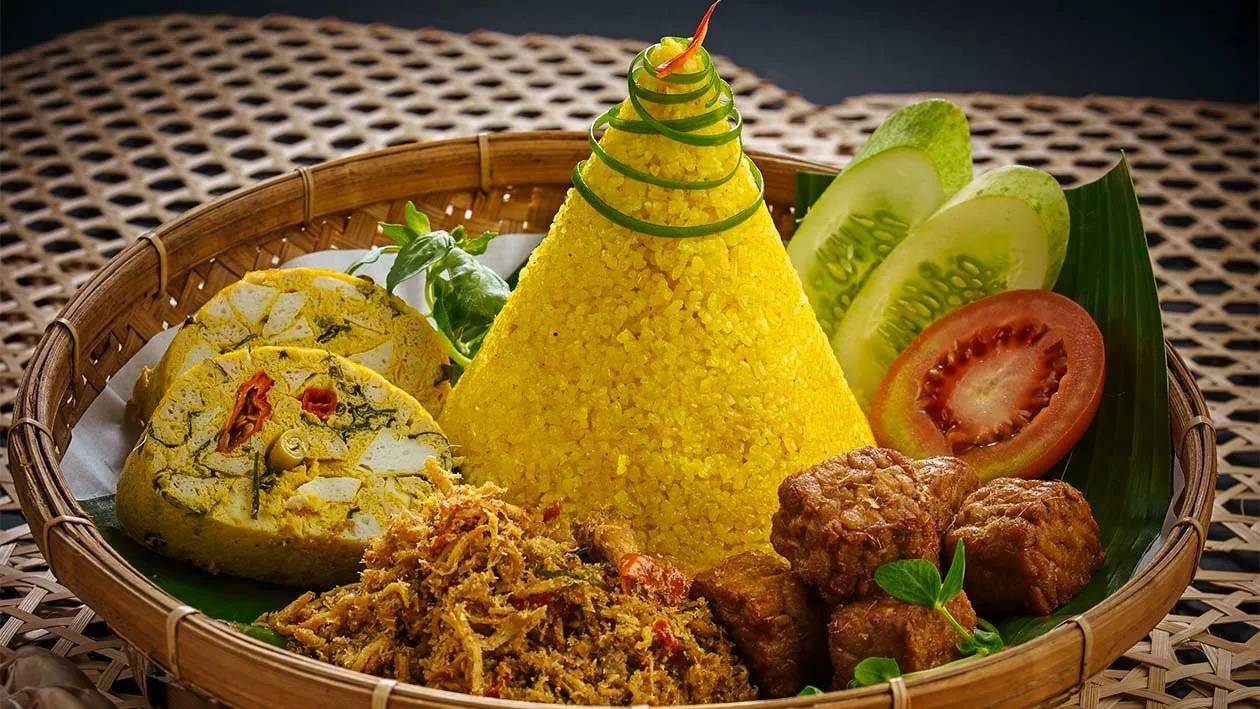
Then comes the Manis (sweet) Kuningan. on this day, you can finally relax and just sit at the table with your family. The Balinese joke, have fun and rejoice at the onset of a new period until the next Kuningan.
After the Holidays
If you thought that this is where it all ends, then no. After all, then comes the time to restore cleanliness and order on the streets, well, and rest from the holiday, of course) Penjors, by the way, are not cleaned immediately. They stand for another couple of weeks until they dry out, and then they are piled up and burned.
As a result, all stages of the celebration, together with preparation, can take up to 30 days! And since Galungan is held once every 210 days, sometimes there can be 2 periods of celebrating the arrival of spirits in a year. It is best to watch ceremonies and processions in small villages that are not so popular with tourists. Often the celebrations there are even bigger.
